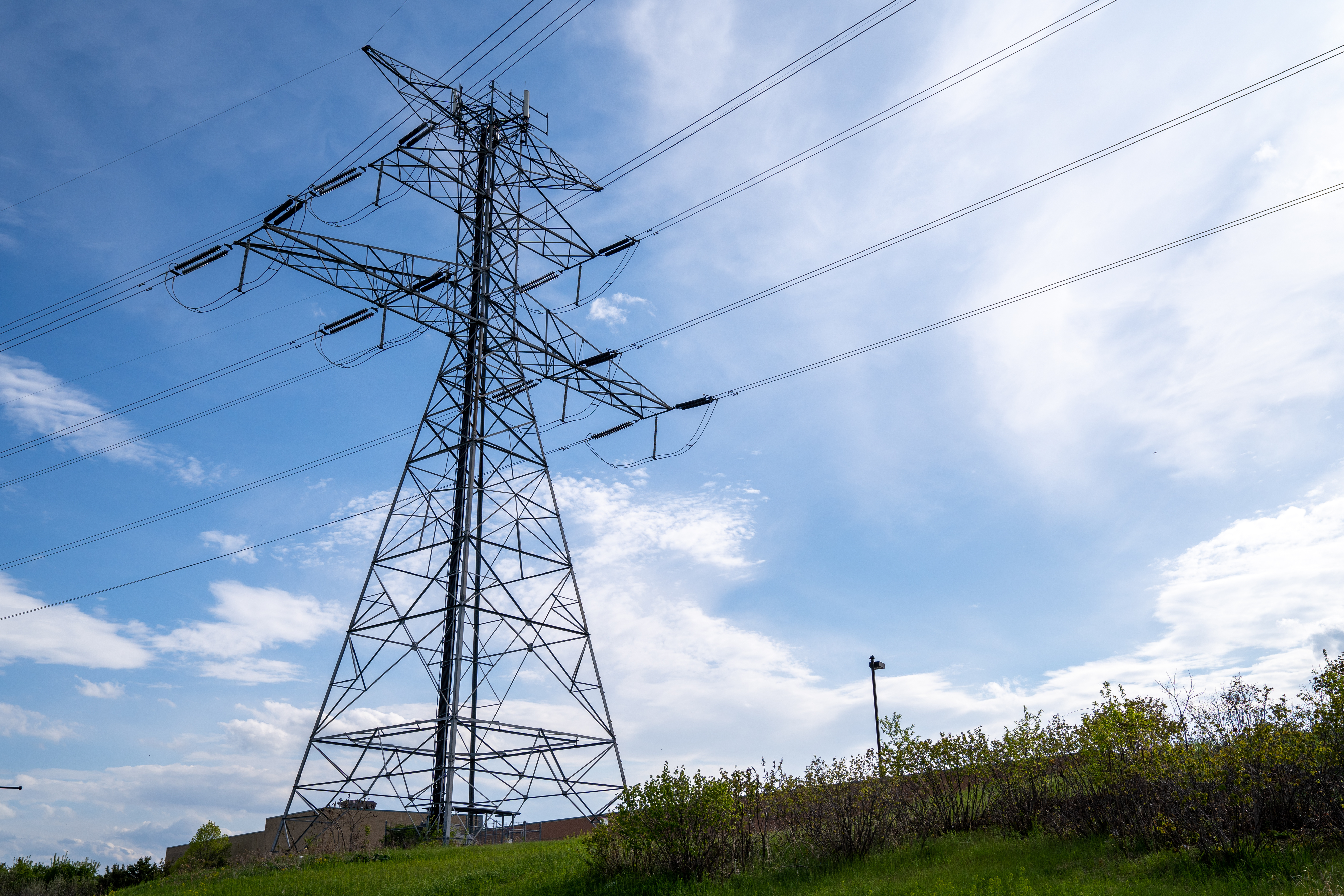Managing supply chain risk evolution in the US energy market
The last 18 months have been an increasingly challenging time for the world’s supply chains. 2025 continues to evolve a complex geopolitical and economic landscape with shifting market focus and arguably increasing risks of supply chain disruptions affecting our US energy industry.
How should we advance projects in the face of this uncertainty? Are there practical steps we can take to help manage risks? Our energy market experts weigh in.
Supply chains have tight spots
Lead times for electrical components have worsened, semi-conductors remain a key risk, more complex logistical demands are creating bottlenecks, and quality issues are coming home to roost. All of this is being layered with wider inflationary and skilled labor pressures. However, challenging times can drive innovation, and lead to increased digitization and structural changes intended to increase resilience, but the potential benefits need time and support to pull through to the market.
Risks from supply chains are not new, and as each risk is unique, every sector, project, and state can be affected differently. Our energy business supports projects and organizations dealing with molecules (natural gas, hydrogen, carbon dioxide) and the generation and delivery of electricity. Here are the two major market driven factors that will influence demand signals in North America in 2025
- Natural gas projects have more support: Many believe that with a renewed focus on hydrocarbon production and supply we will see a rapid increase in pipeline project execution in 2025. This has the potential to create a surge in demand affecting parts of the supply chain, potentially elevating prices and increasing risks. We are also seeing shifts in project designs with compression shifting from electric-driven back towards cheaper gas-driven compression. Last year there was a surge in demand for natural gas compressors — particularly large horsepower compressors — which resulted in deteriorating lead times for new equipment orders, in some cases extending to more than a year. Lead times for more basic elements of projects, such as valves and fittings for pipelines, will likely be impacted less and do not present the same magnitude of risks.
- Electrification remains important: Several competing markets are creating demand for electrical materials and components. It is anticipated that electrification will remain an economy-wide push, which has already created significant pressures on key elements of that supply chain. Whilst we anticipate changes to the mix and the pace of projects advancing, we do not think the number of projects needing equipment will be reduced. The surge in data center development will continue alongside the need for electrical networks to expand, rehabilitate, and strengthen. This could further exacerbate pressure for specific items — such as cables and transformers —which have already faced very long lead times.
A look ahead
The effects of tariffs are challenging to predict due to the complexity of trade and lack of comparable historical precedents.
Some also argue that the real danger of tariffs is likely a function of how trading partners react and the associated influence and impacts on supply chains rather than the tariffs themselves. If the introduction of tariffs results in a steadily escalating tit-for-tat dynamic between trade policies of different countries, there may be an impact on inflation — disrupting trade balances and reducing productivity through the erosion of benefits of comparative advantage.
The major items to keep focus on this year include:
- Increased costs: Tariffs on imported steel and aluminum could raise overall costs. To some extent impacts can be mitigated within the value chain through supply chain strategies which can use contract and procurement strategies to reduce risks of exposure. At the current time the uncertainty over policy application and specific timescales makes this prediction one that is focused on risk management, and may leave gaps and vulnerabilities in the value chain that need to be understood. Imported steel currently provides over 30% of the inputs into fabrication of machinery and equipment, thus the potential impacts of tariffs on costs of production is likely. The picture is further complicated with many components and parts being imported within US-based manufacturing facilities. If responses to tariffs include retaliatory tariffs, this may compound the pressure on supply chains.
- Continued disruption: At the current time impacts are hard to unpack due to supply chain intricacies, however, due to step changes, we could witness the disruption of established supply chains as additional alternative suppliers are sought. There is also a possibility of a scramble to order components before certain tariffs take effect. Logistics can be impacted through surges in orders and implementation of tariff requirements, and/or the supply chain can shift operations to avoid these impacts.
These responses have been experienced within elements of the supply chain over the past decade and this trend is anticipated to continue. Supply chain shifts can result in higher costs and/or lower reliability as new processes and logistics are established. To build an understanding of the associated vulnerabilities, there is a need to understand not only the primary suppliers, but also how they source their materials and components, how they are exposed to tariffs, and which materials are most impacted. - Supply continuity: Compounding impacts of costs and supply chain pressures can occur deep within supply chains, where visibility is lacking. For example, disruption through semi-conductor components can create ripple effects leading to bottlenecks. Understanding and predicting the impacts of cost and availability of critical components should be a key focus. This is especially important for high-tech elements of the supply chain where dependency on foreign components is typically higher. It is likely some of your supply chain will also seek to mitigate identified risks through inventory management. The increase in storage costs and the potential inefficiencies on inventory management are risks which are often overlooked.
Practical ways to reduce supply chain risks
While there is no simple way to mitigate risks and the responses can differ between competitors within the same market, there are some practical steps that can help to reduce risks on major energy projects and/or operations:
- Increase transparency across the supply chain: Understand your suppliers across all tiers possible, and try to establish what they know and don’t. Do they assess each node of their supply chain with a focus on risks and risk factors — suppliers, plants, warehouses, and transport routes?
Collaborate with stakeholders leveraging your relationships and possibly utilizing industry organizations and bodies to support obtaining insights and data acquisition essential for transparency. Your suppliers should be able to provide a level of comfort and transparency about how they are approaching supply chain risk management. We have seen strategies such as diversification and adjustment of suppliers, and negotiation of long-term contracts used to stabilize their markets and reduce vulnerabilities but not all companies are able to leverage every mechanism. Your risk assessment should consider their ability to mitigate risks throughout their tiers of suppliers (single minor component issues can cause delays). Use relationships to support the provision of key indicator data which may help you to track risks and focus your efforts through what you can control, such as adaptation of your engineering/procurement approaches and timing. - Evaluate your designs: Evaluate standards/designs to reduce complexity. Lean towards ‘standardized’ off the shelf type designs where you can as this reduces vulnerabilities across the associated supply chain. Where possible avoid bespoke or limited run designs (stay away from exotics, even at the sub-tiers of the supply chains). Review schedules and timing of key procurement steps. Additional time contingency for supply chain risks is likely sensible. What can be fixed and what needs to be ordered early? Evaluate what your engineering processes allow; could something be adjusted to support your agility? As a general principle, we anticipate lead times deteriorating – where are your likely pinch points? Can these be addressed earlier?
- Consider a risk management framework: Create a structured approach to identify, assess, and mitigate risks. This includes mapping out value chains and assessing potential vulnerabilities. Engaging monitoring approaches, regularly reviewing and responding to new threats and changes in the supply chain environment. Categorize known and unknown risks across the supply chain. Known can be identified, measured and managed; consider adding data requirements to your procurement processes. Unknown risks are very difficult to foresee but you may be able to reduce probabilities of occurrence, increase speed of response or reduce the magnitude of impacts through application of defensive risk processes. Focus on the most critical products/components/risks that could impact your operations. Evaluate options for risk reduction – for example, inventory management and changes in how you may order, deepening strategic spares, early ordering, design evolution.
- Utilize digital tools to integrate elements and manage risks: The landscape will continue to evolve, and your agility will be critical. Integrated digital tools can help with scenario planning, risk and decision management. They will also be critical in supporting mitigation and management strategies, tracking change and monitoring effectiveness. Understanding not only the issue but increasing your ability to respond to changes is important.
As challenges present themselves and the landscape of supply chain impacts evolves, our team of experts can offer advice to help you mitigate and manage risks and adapt accordingly. Reach out to our team of energy experts to start a conversation and align on the best solution for your organization.





